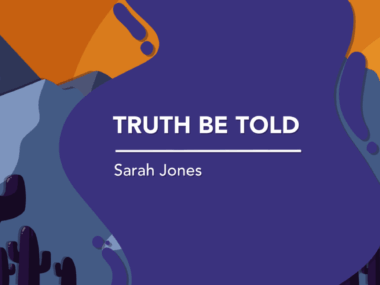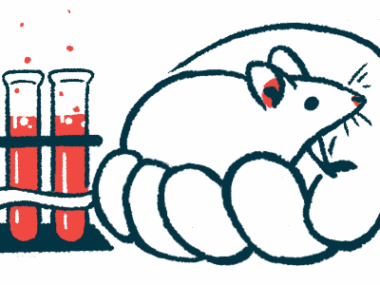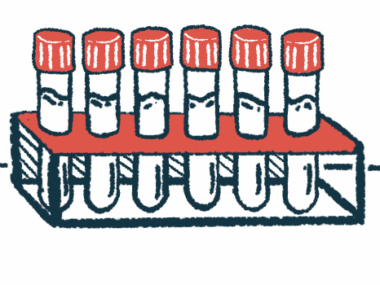How much human connection is too much?
Finding a balance between being isolated and relying too much on community
Written by |

Living with a rare disease, by its nature, is isolating. According to the National Organization for Rare Disorders, a rare disease is one that affects fewer than 200,000 Americans. There are currently over 7,000 such diseases.
I’ve lived with ANCA vasculitis, a subset of autoimmune diseases that affects the small blood vessels, for over 15 years. During that time I’ve had a range of experiences with the disease, from isolation to overstimulation.
My first seven years as a patient were lived in total isolation. I attended zero support groups, I wasn’t a member of a single message board or social media group, and I definitely didn’t try to learn more about my disease. But after starting work with the Vasculitis Foundation in 2016, disease awareness and patient outreach consumed a part of every one of my days for several years.
I was trying to inspire people to live their lives and connect with one another, but in that process I was also letting vasculitis define me.
At a time when we can instantly connect with anyone on planet Earth in a few seconds, it’s so much easier to find your tribe. It’s also easy to let that tribe become your whole world.
It’s easy to see how isolation is a problem, and I don’t think we really have to discuss why. But making your rare disease the center of your life and social circle can also be problematic. So how do you find a balance between a silo of your own thoughts and emotions and a silo of only rare disease friends?
The answer is time — something that we patients have had to acknowledge might be short for us.
It takes time to find that balance. You have to get it wrong so that you can get it right. You don’t know how much is too much, until you find yourself exhausted.
Hitting a wall
I know I hit a wall in 2021. After five steady years of constant outreach and patient work, I felt burned out. While I was fighting so hard to not let the disease control my life, it was doing exactly that. I never stopped talking to patients.
Connecting with a few other young adults with vasculitis in 2017 may have been the best thing to happen to me as a patient. I have a group of three friends so close that, regardless of the hour, I can pick up the phone and call them. No conversation is too heavy.
Since 2017, these friends and I have lost fellow patient friends and been through ups and downs with our own health, but we have one another to share those moments. No matter how close our family and friends are, the bond between patients is just different. There are times when our group text is alive for days, and times when it’s silent for weeks. But we can always just pick up where we left off.
We can’t have that bond with everyone, and it took me a long time to realize that. I tried hard to bridge connections with every single patient I talked with. I didn’t realize that was out of my own insecurities and years of isolation. I didn’t want anyone I talked with to have to go through the same experience. While that may be a noble burden, it’s awfully heavy to carry.
As a result, I recommend that you find your balance. Don’t be afraid to get it wrong. Reach out. Be vulnerable. Talk to people. Overshare. Get weird. Find the beauty in knowing that we’re rare and different. Along the way, check in with yourself and make sure you aren’t burning out. Find time to get away from it all, be it with your “normal” friends and family or just time alone.
Human connections can save lives, but don’t let them make you miserable.
Note: ANCA Vasculitis News is strictly a news and information website about the disease. It does not provide medical advice, diagnosis, or treatment. This content is not intended to be a substitute for professional medical advice, diagnosis, or treatment. Always seek the advice of your physician or other qualified health provider with any questions you may have regarding a medical condition. Never disregard professional medical advice or delay in seeking it because of something you have read on this website. The opinions expressed in this column are not those of ANCA Vasculitis News or its parent company, Bionews, and are intended to spark discussion about issues pertaining to ANCA vasculitis.







Kim Keating
I feel the most difficult thing for me is talking to anyone about my condition. I was diagnosed with Churge Strauss Syndrome in 1998., Or as it's called now EGPA. Even close family,as hard as they try really don't understand it. People think medication is going to " Make you better" I'm so happy to have found this newsletter! I find so much information and it's always about learning more. Fortunately for those of with a vasculitis there are new medications! That's definitely encouraging. I just spent a week at Mayo clinic where I was originally diagnosed. I have a wonderful Dr there who has become nationally recognized for her treatment with EGPA. I'll be starting a new regimen and am very optimistic about remission. This is the first time I've reached out in anyway. A first of many first in this journey!